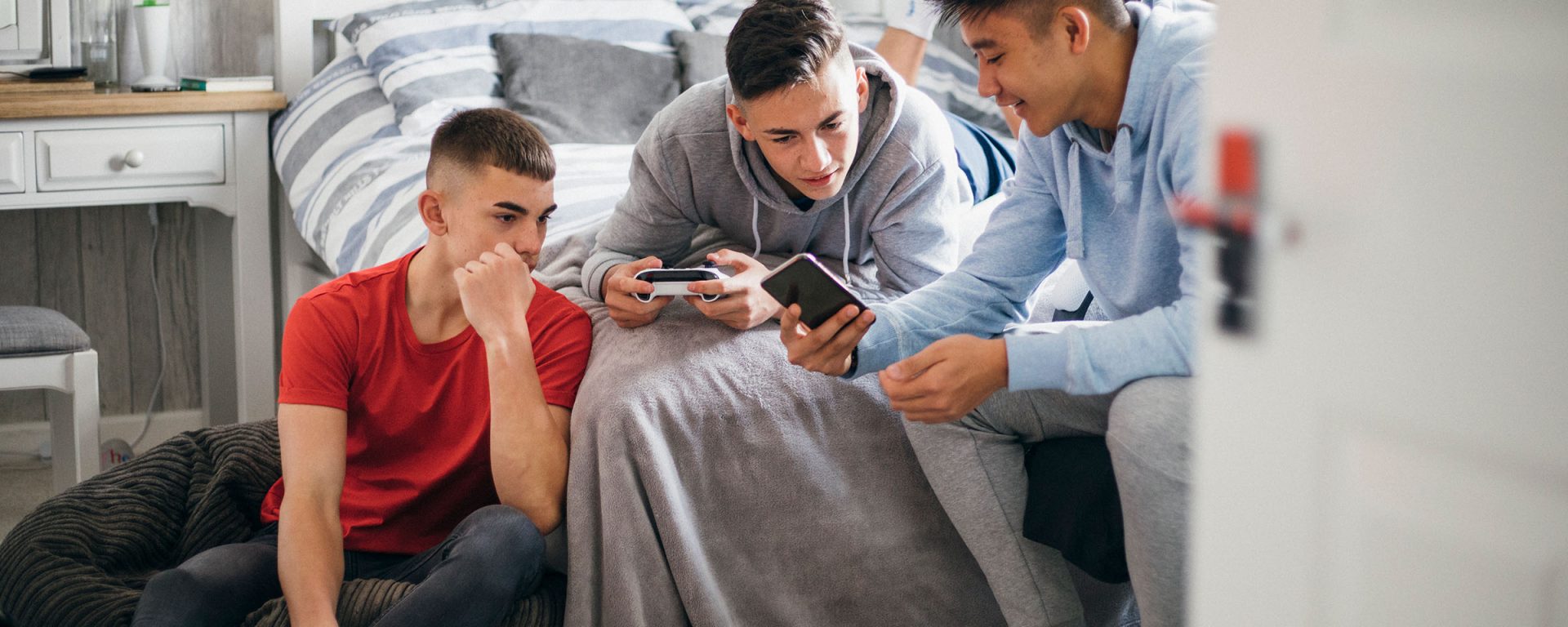When it comes to medical advice, our first port of call is not always our GP. We’ve all heard of – and maybe even ‘consulted’ – Doctor Google, but there’s a new online diagnostician in town. Doctor TikTok, anyone? As the social media platform’s audience grows, so too does TikTok medical advice.
And that growth in users, user behaviour and content is making researchers take notice.

Like Charles Sturt University’s Dr Andrey Zheluk. He’s looking at the pros and cons of TikTok as a channel for users to get medical advice. Dr Zheluk and his team are investigating the pros and cons of TikTok, where 30-second videos with snippets of music, emojis and dance moves are used to give advice on how to treat lower back pain.
Looking into TikTok medical advice
A lecturer in health services management based at Charles Sturt’s Bathurst campus, Dr Zheluk analysed 200 of the most popular videos under the hashtag #backpain on TikTok. He looked at how TikTok and its users share information, treatments and remedies.
It’s an extension of Dr Zheluk’s PhD project, which focused on unusual digital data sources to answer difficult population-scale health questions. Associate Professor Judith Anderson and Dr Sarah Dineen-Griffin, both with Charles Sturt’s School of Nursing, Paramedicine and Healthcare Services, were also part of the project.
The results from Dr TikTok
Forty-six per cent of the most popular videos that the researchers analysed were created by chiropractors. Twenty two per cent by fitness professionals. Three per cent by physicians and three per cent by physiotherapists.
They analysed videos based on how often they were viewed, shared, how long they were, when they were published, the identity of the creators, what the videos described and how closely the advice given aligned with mainstream medical advice about managing back pain.
The team’s analysis was broadly positive, according to Dr Zheluk.
“We suggest there is little danger in using TikTok to get information about back pain.
“The only possible danger is that the creators of the TikTok videos do not actively encourage users to visit a GP if their pain persists. Rarely did the videos analysed suggest taking this kind of precautionary action.”
TikTok medical advice could become even more useful
The team did find, however, that the messages reaching TikTok users did not generally reflect mainstream medical advice. Primarily, alternative health providers, such as US-based chiropractors use TikTok for non-scientific marketing messages.
What’s more, mainstream health providers are not using TikTok. So doctors, nurses, physiotherapists and pharmacists are missing out.
However, Dr Zheluk contends that this should change.
“We suggest that there is a real opportunity for doctors, nurses and other mainstream health providers to speak directly to young people through TikTok.
“Once seasoned internet users get past that initial aesthetic shock, the real possibilities that TikTok video creators can achieve in 20 or 30 seconds becomes clearer.
“TikTok is an exciting medium and offers real opportunities to reach large numbers of young people.”
Your medical investigations
Technology is changing healthcare like never before. TikTok medical advice. Virtual reality to train physicians. Telehealth and ehealth used to give as many Australians as possible access to information and consultation with medical providers. The future of healthcare is exciting, dynamic and capable of effecting real change – to help people. Be a part of it. Start with an allied health course at Charles Sturt University and put yourself at the cutting edge of Australian healthcare.



You must be logged in to post a comment.